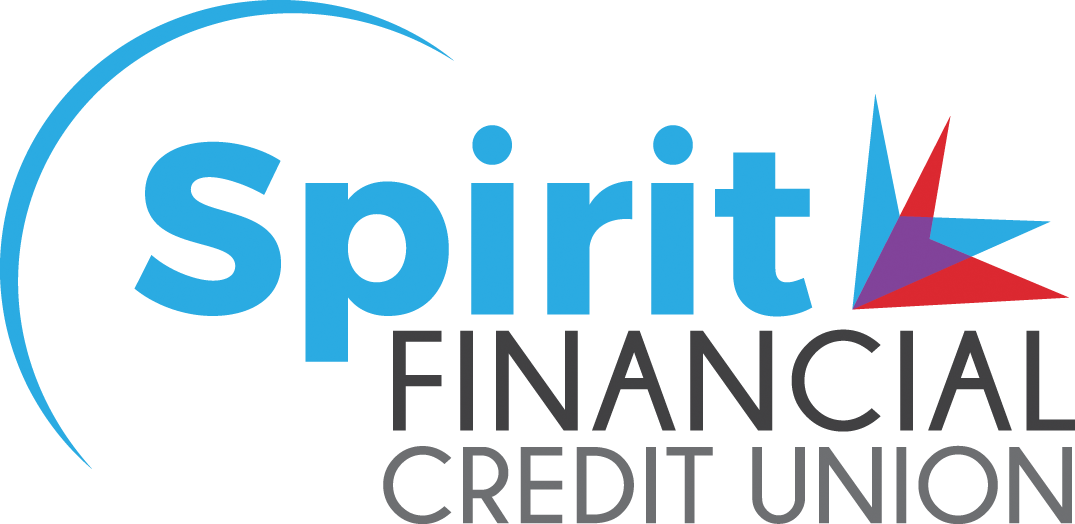How is APR Different from Interest Rate?
If you have a credit card or a loan, you’ve probably seen the term APR. Annual Percentage Rate or APR is the annual rate of interest charged to borrowers. It’s important for borrowers to have an understanding of APR because it’s the price you pay for borrowing money each month. In the case of a credit card, if you pay your balance in full each month you will avoid any interest charges. When it comes to a loan, the APR will help determine your monthly payment over the life of the loan.
What’s the difference between APR and Interest Rate
Your interest rate is simply the percentage charged on the principal loan amount. The APR on the other hand is the total cost of borrowing money. It includes the interest rate plus other costs, such as closing costs and fees. It’s expressed as an annual cost over the life of the loan.
Fixed Rate APR
A fixed rate APR charges a set rate that remains unchanged over the term of the loan. Many borrowers opt for a fixed APR when applying for a mortgage, a home equity loan, or a personal loan because the monthly loan payment will be predictable and easier to budget for. Fixed rate mortgages are the most popular type of mortgage loan because the borrower is protected against a higher monthly payment if interest rates rise. When your interest rate is set, you’ll have the security of knowing your monthly mortgage payment over the entire term of the loan.
Variable Rate APR
Variable or Adjustable APRs, as the name implies, can change. Most variable interest rates start by using an index, such as the U.S. Prime Rate as published in the Wall Street Journal. The lender will then add a margin. The result is the APR. Rates adjust as the index rate changes. If the Prime Rate goes up, the variable APR will go up as well. Variable or fluctuating rates are often seen on credit cards and lines of credit, such as a personal line of credit or home equity line of credit. Mortgages are another type of loan with an adjustable rate option for borrowers. Some lenders will “cap” the adjustable rate. This is a set limit on the amount the interest rate can increase each adjustment period. They may also have a “ceiling”. This is the highest that the adjustable interest rate can reach during the life of the loan. The biggest disadvantage of ARMs is the unpredictable nature of fluctuating rates.
Choosing between fixed and adjustable APR
When choosing between fixed or adjustable rate mortgage loan, you’ll need to take the following into consideration:
Amount of monthly payment you can afford now.
If the adjustable rate went up, could you still afford the payment? Check with your lender for rate cap and ceiling for worst case scenario.
How long do you plan on living in the home? If it’s a starter home that you don’t plan to be in very long, the money you save in the first couple of years on an ARM can outweigh the risk. On the other hand, if you plan on staying in the home for more than five years, a fixed rate may be the better option for you.
If your income is stable and you don’t expect it to go up, a fixed rate can provide you with greater stability.
If you expect a big increase in income and can afford a larger payment, you might want to take a chance on the adjustable rate.
What do the current interest rates look like? Are the fixed rates at historic lows? If so, it’s a great option.
Is it too stressful to worry about rising interest rates? Then a fixed rate is the way to go.
What impacts my APR?
Although your credit union or another financial institution may advertise a particular APR, the rate you actually get may vary due to a number of factors. First, if you are a borrower with an excellent credit score, you may be eligible for an APR that is better than a borrower with a poor credit history.
You may also run across the term Introductory APR. Some credit cards offer an APR for a limited period that eventually converts to the regular APR. You may see it advertised as limited-time introductory APR. It’s a good way to save on interest for a certain period, but it’s important to know when and to what the rate converts.
In conclusion, a fixed-rate loan has an interest rate that never changes. A variable rate may go up or down depending on the prime rate. Look at the questions above to determine which might be the better option for you. If you’re considering an adjustable rate, be sure you ask the adjustment frequency, the cap rate, and your ceiling rate. Remember the APR is the yearly cost of an interest rate, which includes any fees. That’s why it may be higher than the interest rate.
Spirit Financial Credit Union serves the needs of those who live, work, or attend school in Bucks County, PA. Click here to view the current APR for Mortgage Loans, Home Equity Loans, HELOCs, Personal Loans, Auto Loans, VISA Credit Cards, and more. The right loan is just a call or click away.



